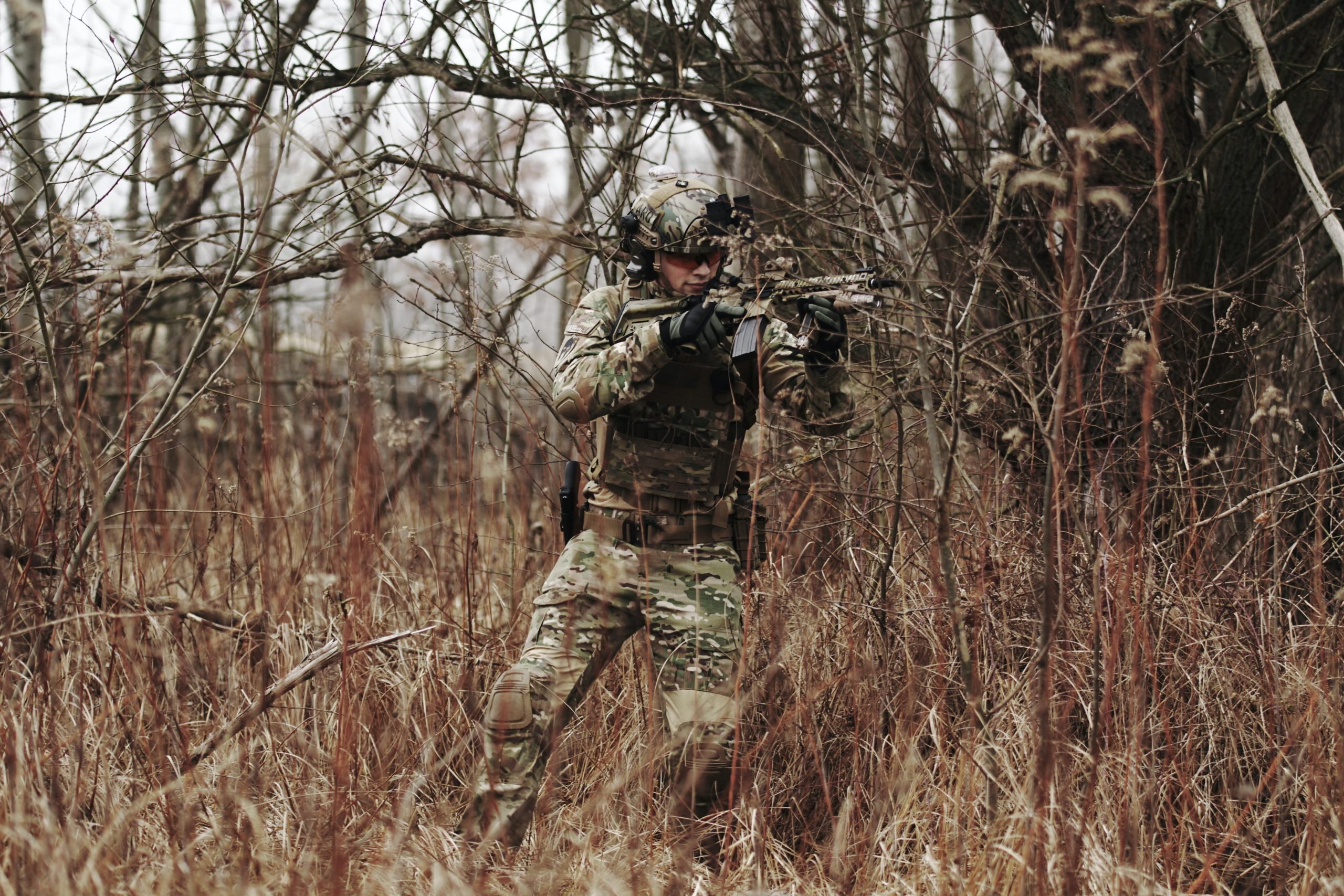Selecting the right body armor and helmet combo

Finding the right combination of body armor and ballistic helmet is all about functionality, comfort, and preference. So, before making your choice for these gears, it is important that you know what to look out for before making a choice. Here’s what you need to know before choosing a body armor and a ballistic helmet.
A body armor is a vest that is designed to provide ballistic rated protection to the upper body of the wearer. Generally, there are two different kinds of body armor – soft armor and hard armor. A soft armor is often found in most covert armor that is worn underneath a shirt or uniform. They are stuffed with bullet proof panels that are either made out of tightly woven ballistic materials such as Kevlar, laminates such as Dyneema or both.
Commonly made out of steel, ceramic, or polyethylene, hard armor prevents the penetration of bullet rounds by shattering the rounds and dispersing the impact energy. Unlike the soft armor with are often light weighted, hard armors are often heavy and can cause fatigue after long term wear.
Before selecting a body armor, also pay close attention to its ballistic threat level rating. The National Institute of Justice (NIJ) ballistic ratings are standards for measuring the ability of an armor to stop a bullet. Armors can fall within Levels IIA, II, IIIA, III, and IV.

Also consider that kind of factors that can affect the effectiveness of the armor. Some body armors do not do well in water, while some others cannot withstand multiple hits. Your vest cannot stop a bullet that is aimed at a part it doesn’t cover. The wider the coverage of your vest, the better for you.
With all of these said, your choice of ballistic helmet should keenly complement your body armor. Ballistic helmets should provide additional support to the body armor. Once you can determine the kind of protection you require, making choices for body armor and ballistic helmets would not be a problem.
Check out the rest of our blog posts here.